Interviews, quotes and videos

NPR
How to Gamify Your Exercise to Make It More Enjoyable
Dec 2022For an episode of Life Kit, NPR's Vincent Acovino explores ways you can gamify your exercise to make it more enjoyable, and help you reach your goals.

NPR
How to Make Your Workout as Fun as a Video Game, according to Behavioral Scientists
Sep 2022Can gamification energize your excise routine? Use these tips from leading behavioral scientists.
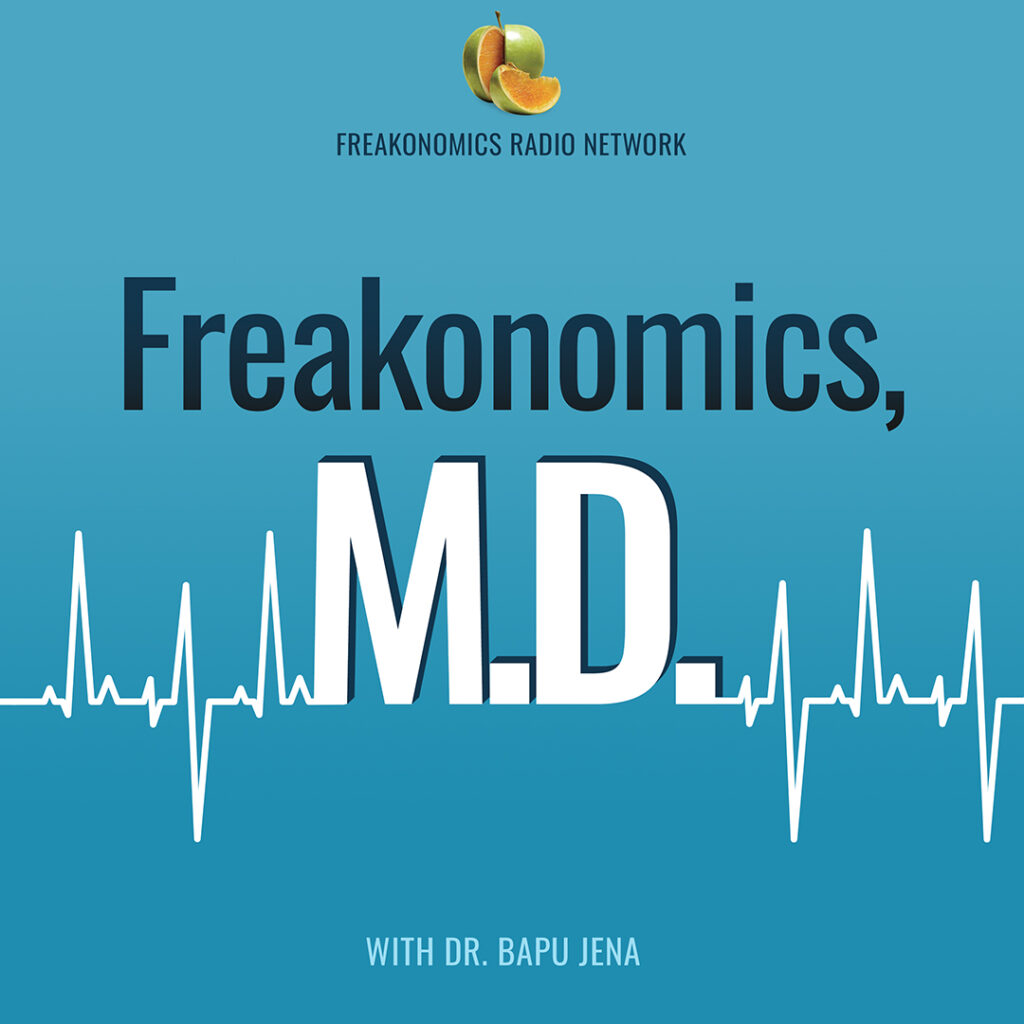
Freakonomics MD
Should We Pay People to Be Healthier?
Jan 2022Each year, millions of people get sick or die from diseases caused by their own unhealthy behavior. Getting people to change their bad habits – to quit smoking, eat better, or exercise – can be extremely hard. But what if we paid them?

Full Frontal with Samantha Bee
What Can Be Done to Nudge Vaccine Distribution Forward?
Mar 2021Despite more and more people becoming eligible for vaccination, it seems like vaccine distribution is operating way below “warp speed.” Sam talked to an independent pharmacist and the Director of the Penn Medicine Nudge Unit to see how the government could step up their game.
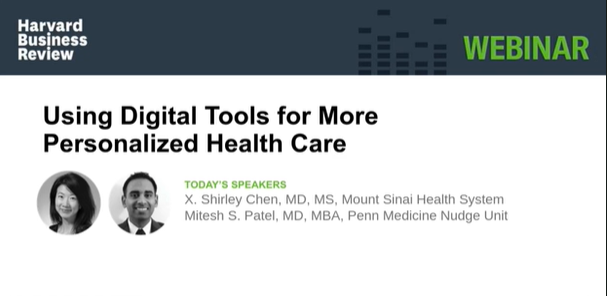
Harvard Business Review
Using Digital Tools for More Personalized Health Care
Jan 2021How can we use behavioral phenotyping to deliver more personalized care?

Freakonomics
How to Save $32 Million in One Hour
Nov 2019For nearly a decade, governments have been using behavioral nudges to solve problems — and the strategy is catching on in healthcare, firefighting, and policing. But is that thinking too small?
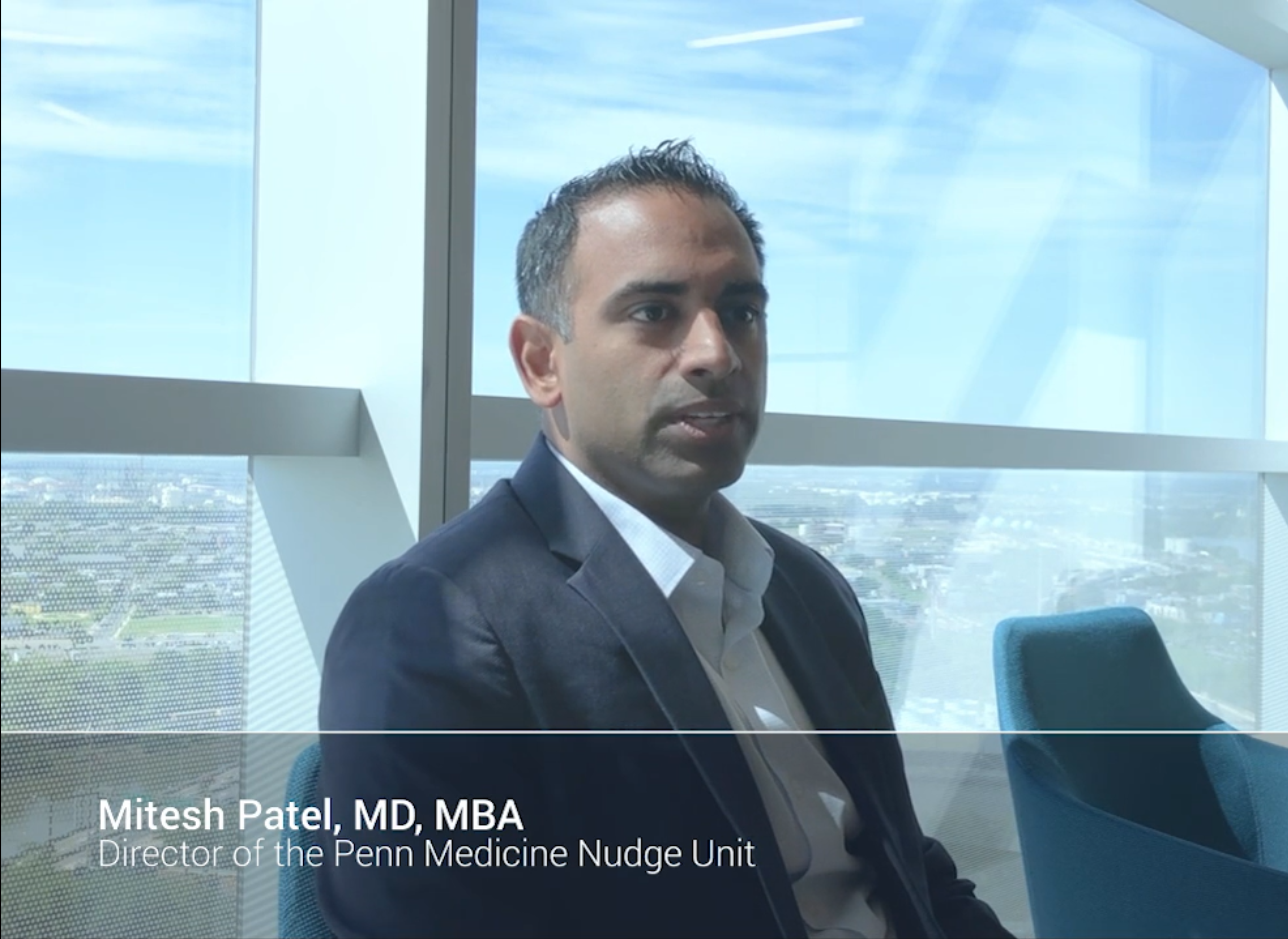
Managed Care
No winks. But Penn ‘nudges, nudges’ clinicians, patients to better decisions.
Jul 2019The University of Pennsylvania has established the first “nudge unit” in a health care system to bring the lessons of behavioral economics to the practice of American health care. The goal is to steer clinicians and patients toward choices that will improve health—and save money.
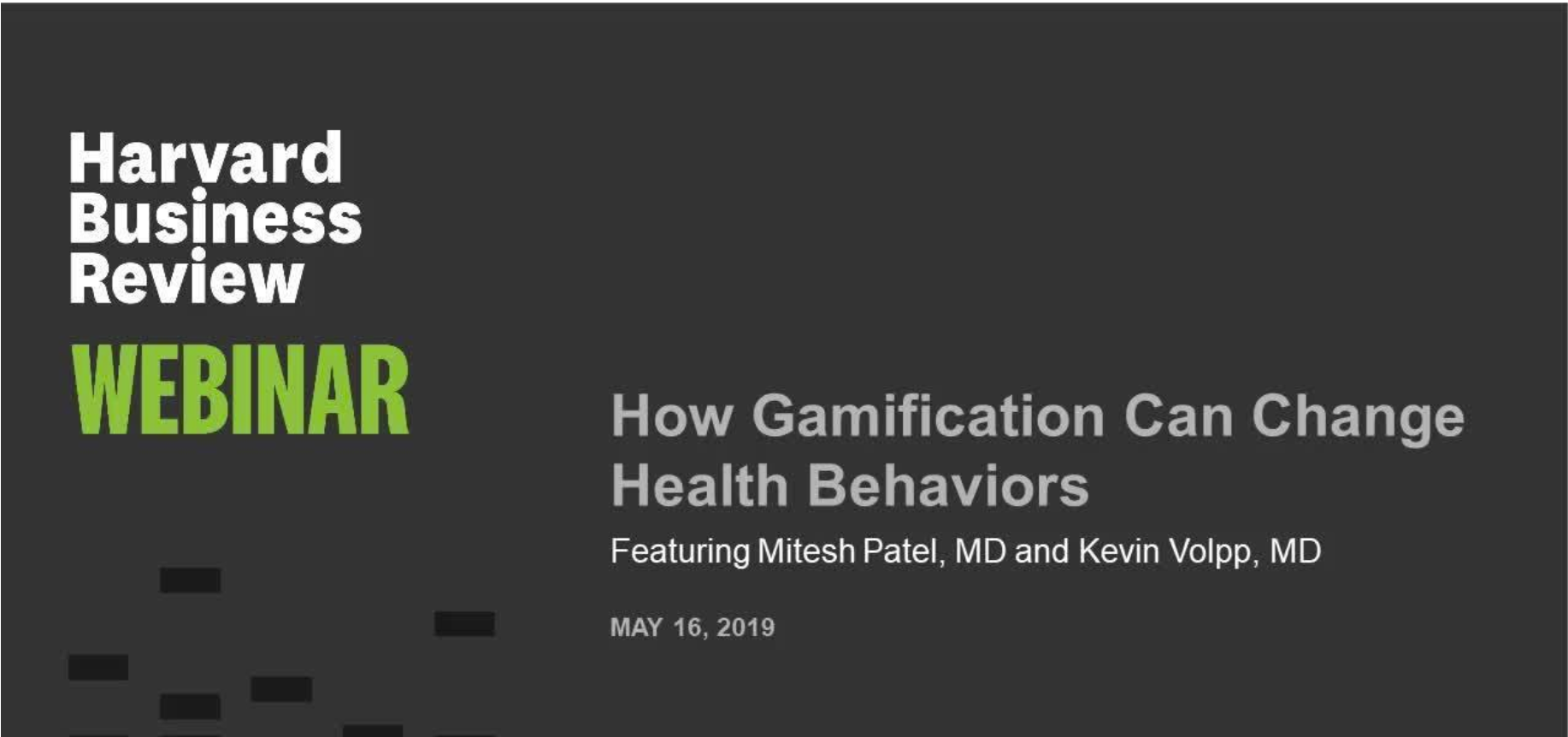
Harvard Business Review
How Gamification Can Change Health Behaviors
May 2019Can gamification and behavioral economics be used to produce healthier behaviors in high-risk patients? Experts see a significant opportunity.
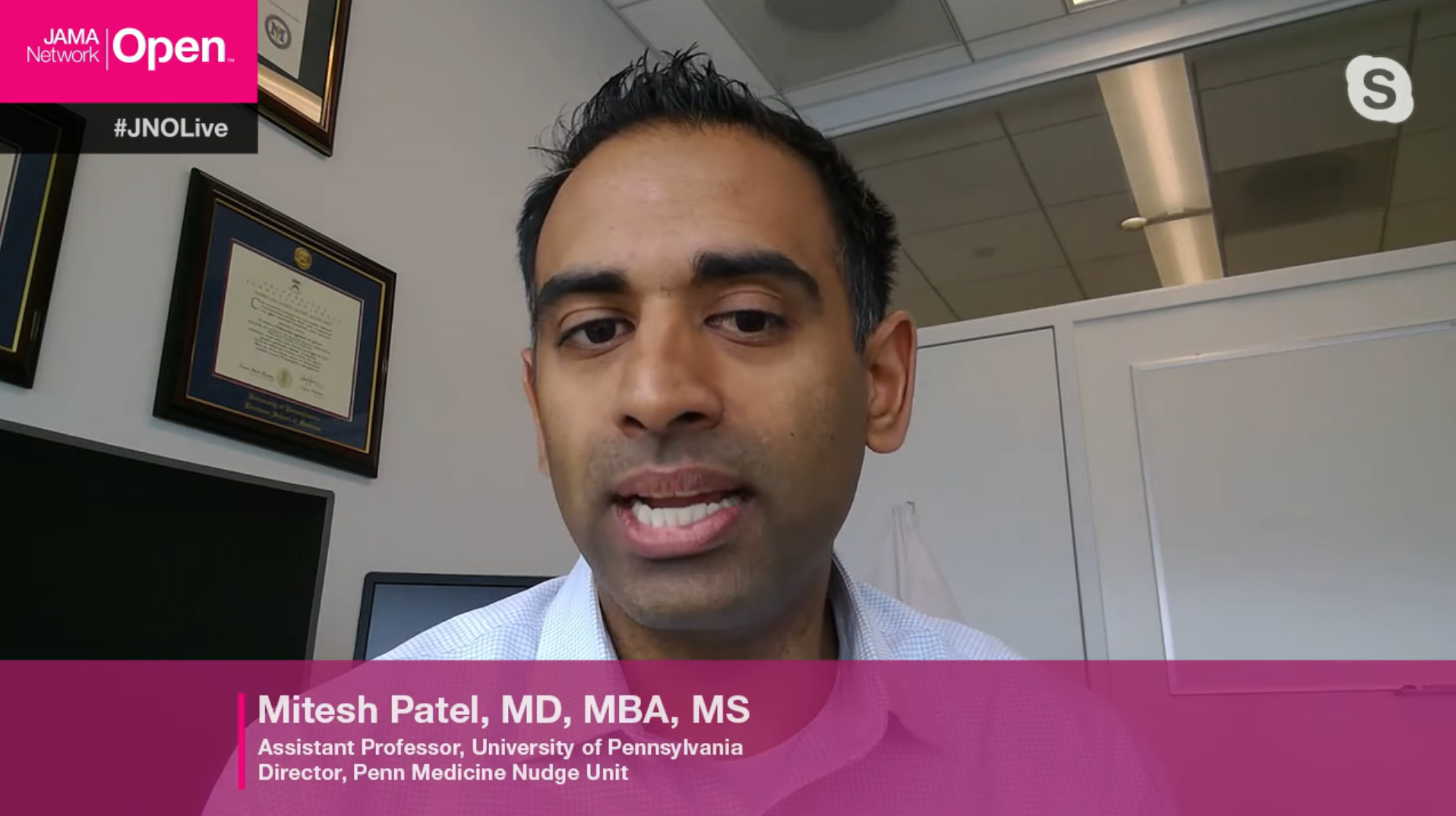
JAMA Network
Why Do Cancer Screening Rates Decline as the Day Progresses?
May 2019The time of day you see your doctor shouldn't matter, but it does.
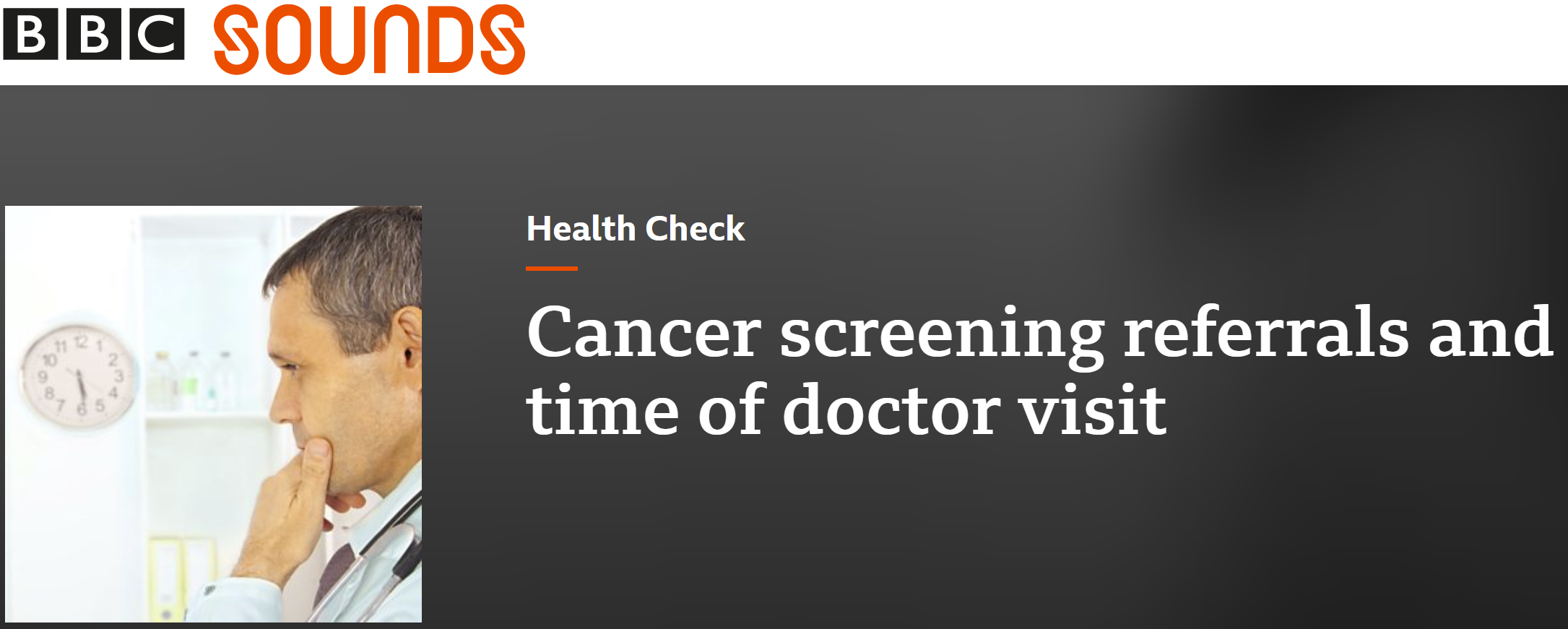
BBC Radio
Cancer Screening Referrals and Time of Doctor Visit
Oct 2018Why twice as many patients are routinely referred for cancer screening at the start of the day than at the end.
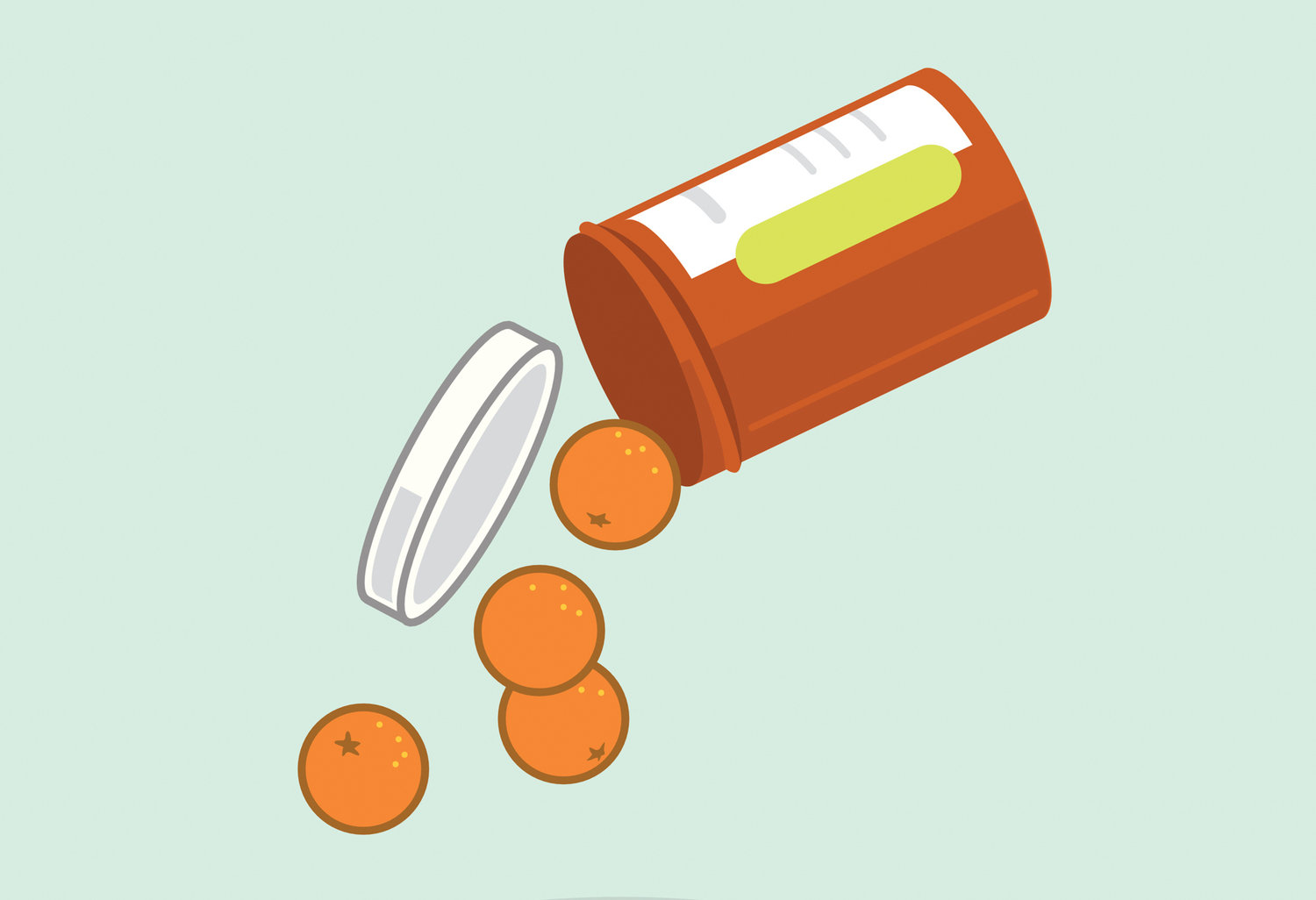
NPR
Fresh Food By Prescription. This Health Care Firm Is Trimming Costs — And Waistlines
May 2017The advice to eat a healthy diet is not new. Back around 400 B.C., Hippocrates, the Greek doctor, had this missive: Let food be thy medicine.

NPR
Breaking Old Habits, Creating New Ones at Home and at Work
Jan 2016How to use financial incentives to motivate people to exercise.

NPR
Place A Bet On Your Weight-Loss Goal, And You May Win Twice
Jan 2016Money is a big motivator. So, what happens when financial incentives are tied to weight-loss goals?

NPR
How to Motivate the Wearable Tech Users of the Future
Jan 2015Fitness trackers may do a decent job tracking fitness, but can they make lasting change in human behavior?
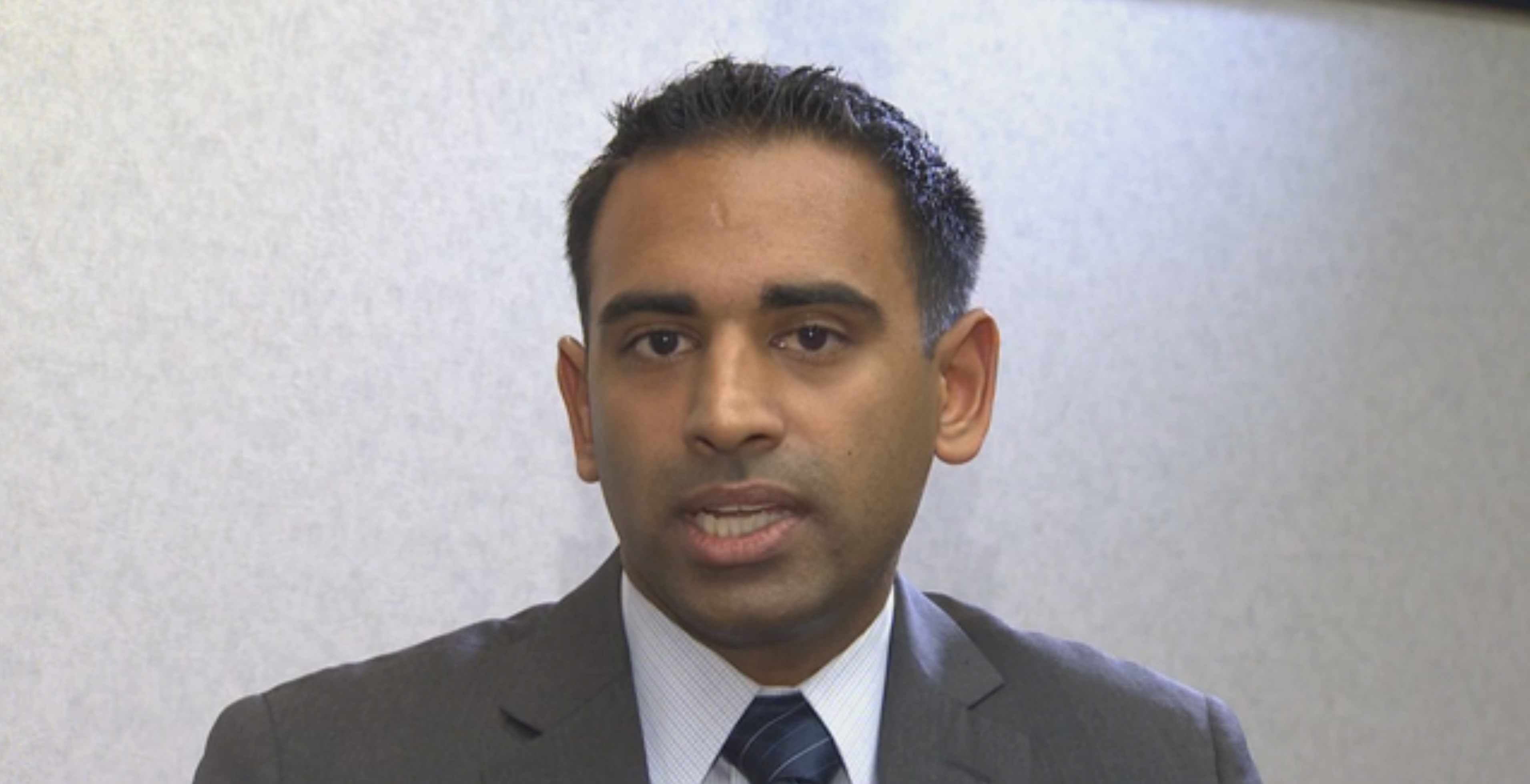
JAMA
Resident Duty Hour Reforms and Patient Outcomes
Dec 2014Association of the 2011 ACGME duty hour reforms with mortality and readmissions.